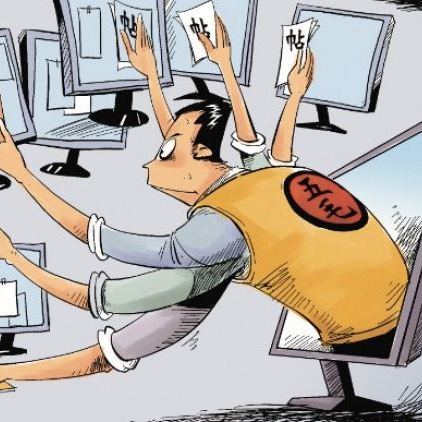Blog seven in a series on Tibet in 2021 7/8
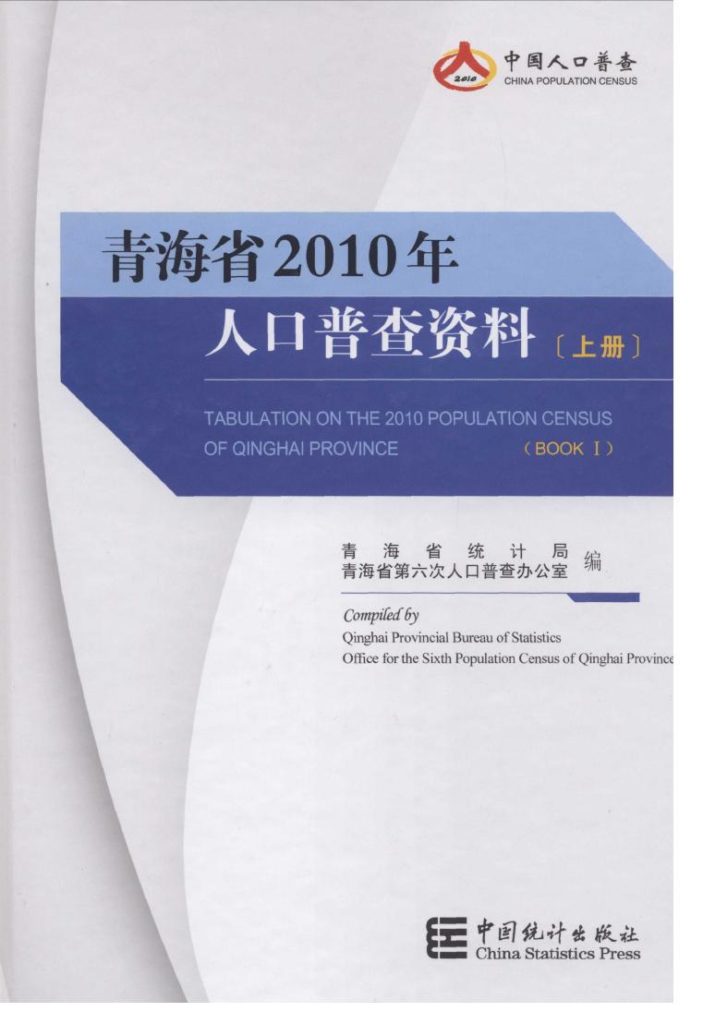
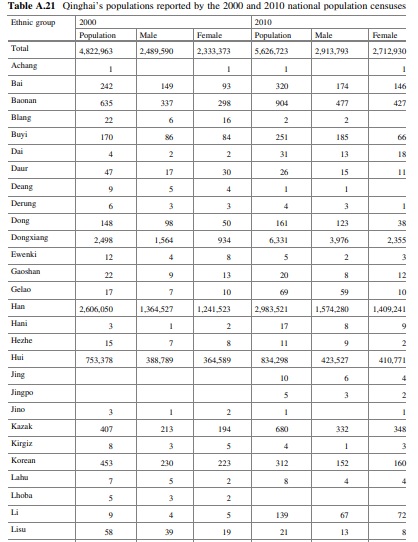
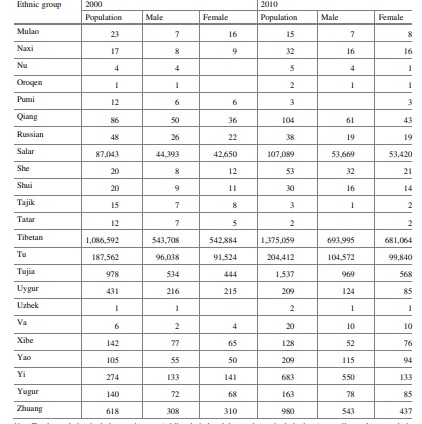
CENSUS
How many Tibetans are there? Tibetans in exile around the world number at most 150,000, perhaps less if we base it on the enrolment of at most 80,000 exiles registered to vote in recent exile parliamentary elections.
But in Tibet, how many? For decades the exile government said six million, a stable number that never seemed to change. China’s own head count, like its categorisation of ethnicity status, has always been problematic. Early census numbers, in line with the propaganda claim that Tibetans, under the burden of serfdom and monkish celibacy, were dwindling, destined to die out, came up with improbably low numbers.
Then, under socialism, the Tibetan population grew and grew and by the 2010 census was almost six million. That was a decade ago, so what about now?
China’s Seventh Census, rolled out in November 2020, is meant to capture data on each and every citizen of China by year’s end. All data is immediately fed into the Bureau of Statistics database, with Tencent tech prominently involved.
How many Tibetans are there? How many Han? County by county, where do they all live? What is the human population of the Tibetan Plateau? How far in excess of its historic carrying capacity is it, now that so many immigrants have come?
Here is the baseline, courtesy International Campaign for Tibet, the results of the 2010 census:
Tibet Autonomous Region 2,716,389 Tibetans;
Sichuan (Kandze and Ngawa prefectures, Mili dzong) 1,495,500 Tibetans;
Qinghai 1,375,000 Tibetans;
Gansu (Kanlho prefecture and Pari dzong) 488,400 Tibetans;
Yunnan (Dechen prefecture) 129,496 Tibetans;
adding up to 5,804, 785. And more in other provinces. And separate numbers for Lhopa and Monpa.
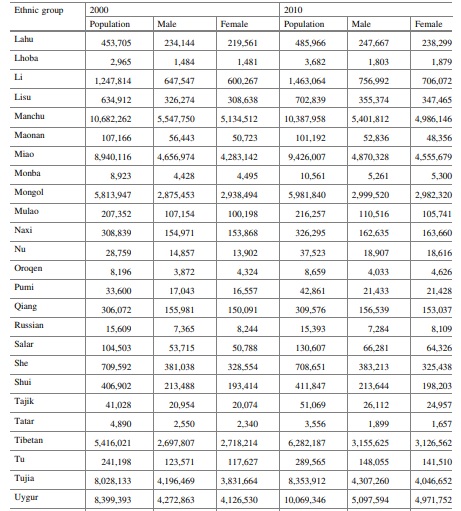
That’s the short version. When China publishes the full results, as in 2010, there is a wealth of information, dzong by dzong. For example the three volumes on Amdo (Qinghai) 2010 add up to 2337 pages, all available online via the CNKI database.
Even these days, when census questions can be answered online with a QR code, it still takes an army of data collectors, door to door. That’s a major reason this happens only once every ten years.
Despite big data aggregation, expect census results to trickle in from March 2021. Expect considerable anxiety among the Han supermajority that Han numbers are barely rising, while ethnic minorities do continue to grow. Expect further anxiety about an ageing population, as the women of China continue to prefer to have one or at most two kids.
This is the first time the population census will collect people’s ID numbers, which could raise privacy concerns, although officials have said the information will be kept confidential. Can we believe that?
Census takers will also use smart phones to collect information this time, with support from Chinese tech giant Tencent.
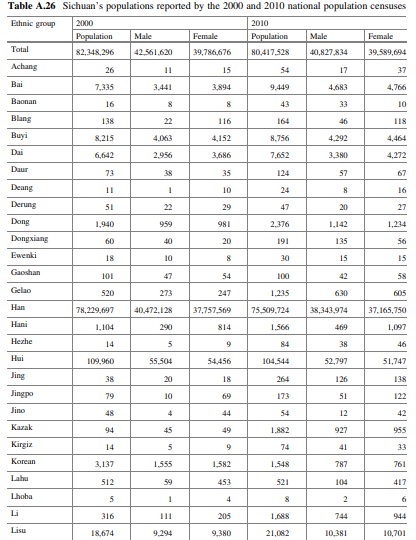
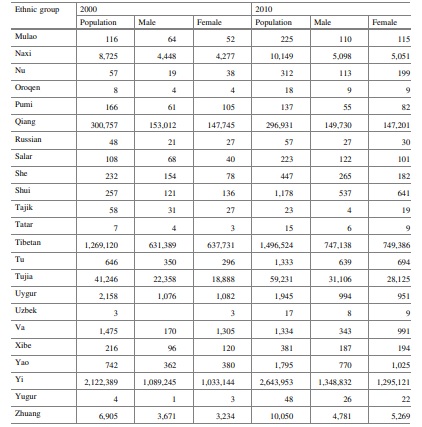
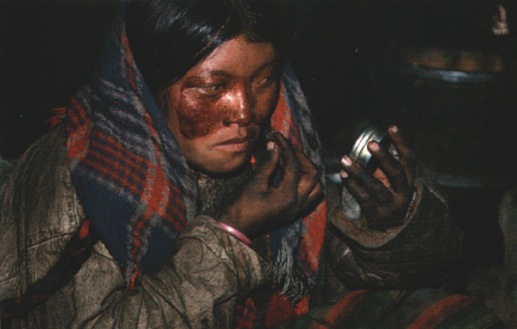
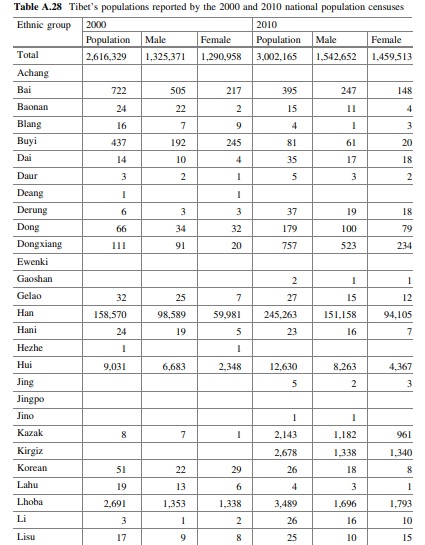
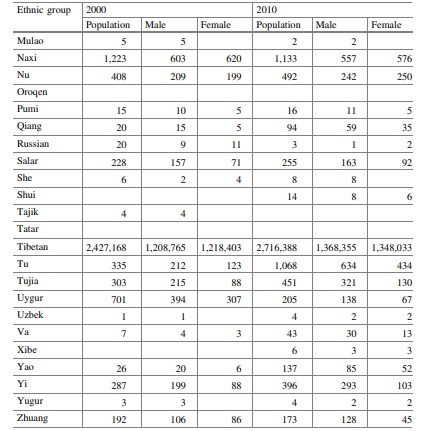
We Tibetans of the snow mountains
descend from kings.
In happy times, I share heartfelt words.
In difficult times, I sing songs of sorrow.
The red-faced [Tibetans] who ride astride the horn
tips of golden yaks,
On the banks of the Yarlung Tsangpo river, their
stallion’s hooves resound in the four directions.
On Ama’s [mother’s] face, age and distress [show]
from years, months of the joys and sorrows of the
three provinces [Tibet]
Even so, the sweet songs of the pristine land of our
fathers still reverberate across the blue sky.
sung by Dolma Kyab 2006
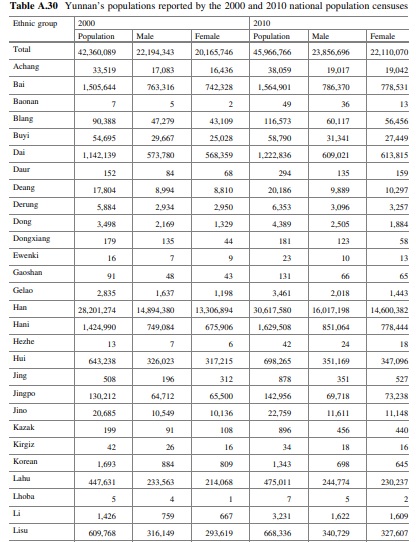
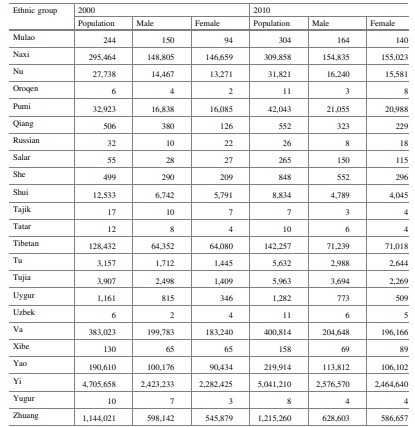
DISINFO TROLLING ROLLS ON
In 2021 Tibetans and their supporters worldwide will fall for calibrated online campaigns to make us panic, outraged at China’s inexorable rise in all directions. Tibetans, like Taiwanese and Hong Kongers, are targets of professional trolling intended to make us despair at China’s unstoppable mastery of all. Beware the placing in Chinese media of stories planted to trigger our anxieties, which we in turn amplify by reposting our alarm. We are being trolled.
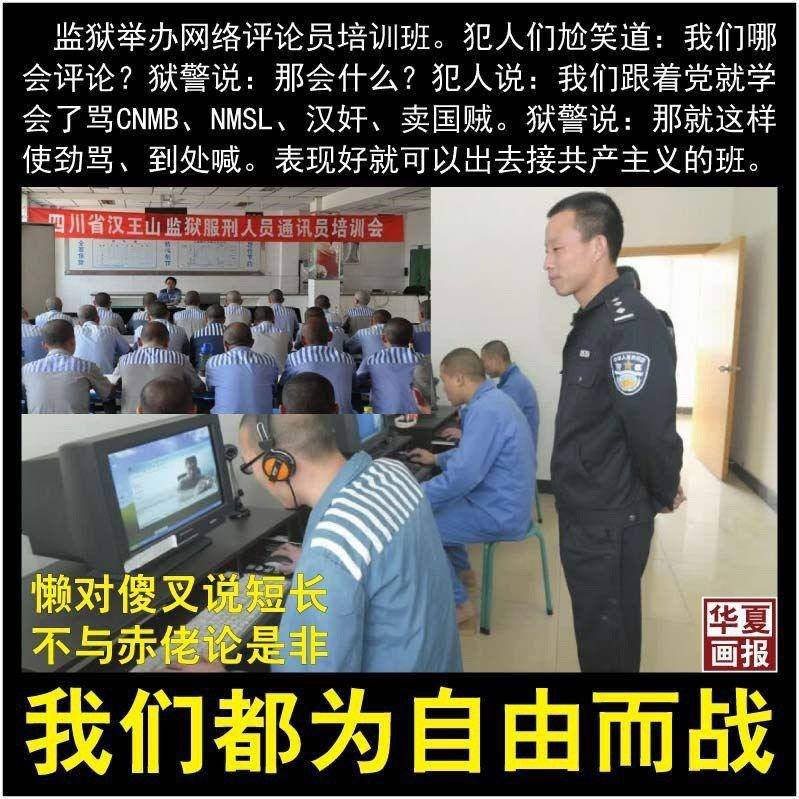
This is a sophisticated art in China’s “war” with “anti-China” forces, sending us off in all directions rather than carefully sifting the spin from actual dangers. It’s a big industry in China, officially called public opinion guidance 思想舆论导向, with a huge staff of trollers heading off unwelcome posts, while themselves sending out heaps of disinfo intended to distract. Censorship masked as a nudge from the patriotic masses. The overall message is upbeat: China is on the rise, the situation is all good. But the submessage, aimed at Tibetans, Taiwanese and Hong Kongers is: don’t mess with us, we are coming for you.
Tibetans in Tibet know they need to be super careful not to fall for too-good-to-be-true promises that you can jump the great firewall, such as the Tuber app that got lots of Chinese netizens to register their real names and smart phone numbers on an app that was immediately cancelled. The cancelled users don’t get their privacy back.
Outside Tibet, however, we do seem to fall for disinfo too often. It’s tempting. It hits our buttons. It confirms our fears. It’s doomscrolling. It reminds us that we are indeed anti-China. The most sophisticated and successful disinfo seamlessly slides from facts to fantasy, and we readers fail to notice we are now in la-la land.
A classic case is a story in Global Times, a CCP owned specialist in provocation.
That story is a sign of what is to come. As China gets more self-righteously pugnacious in demanding the world kowtow and pay tribute, the more it sets out to intimidate those who fail to bow. We are the targets.
